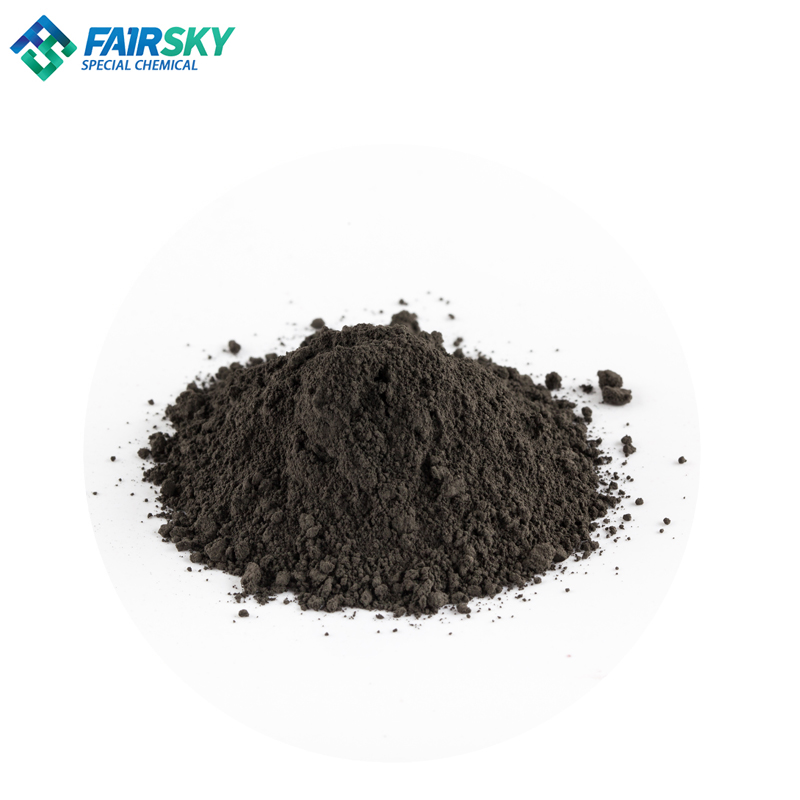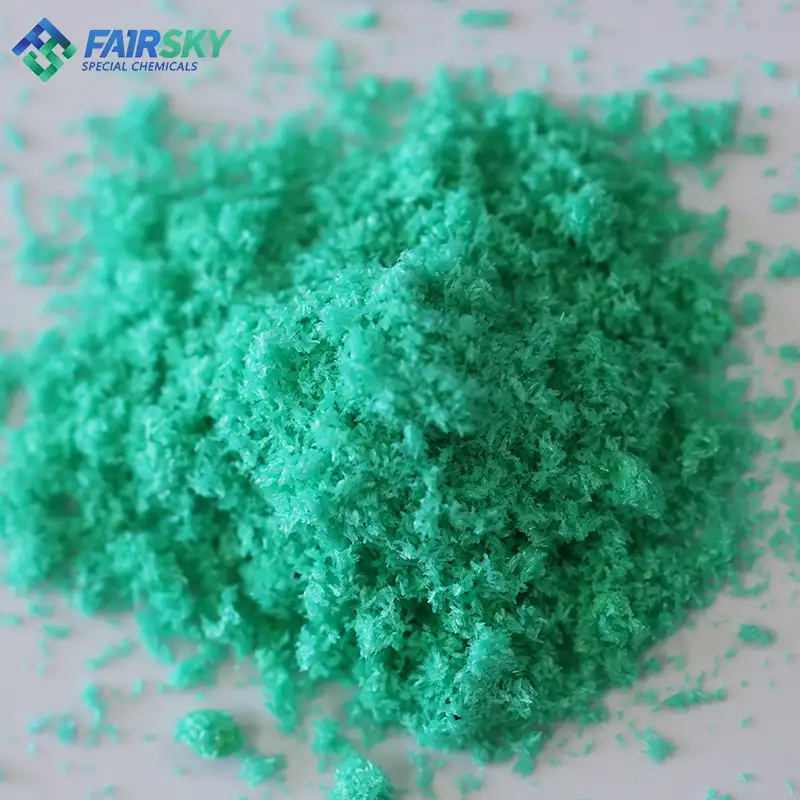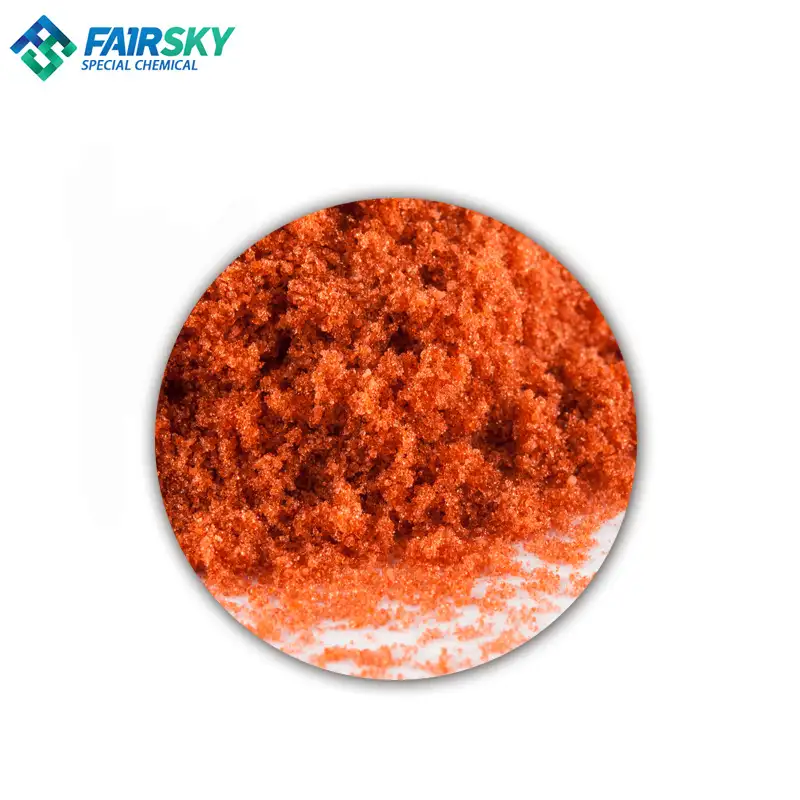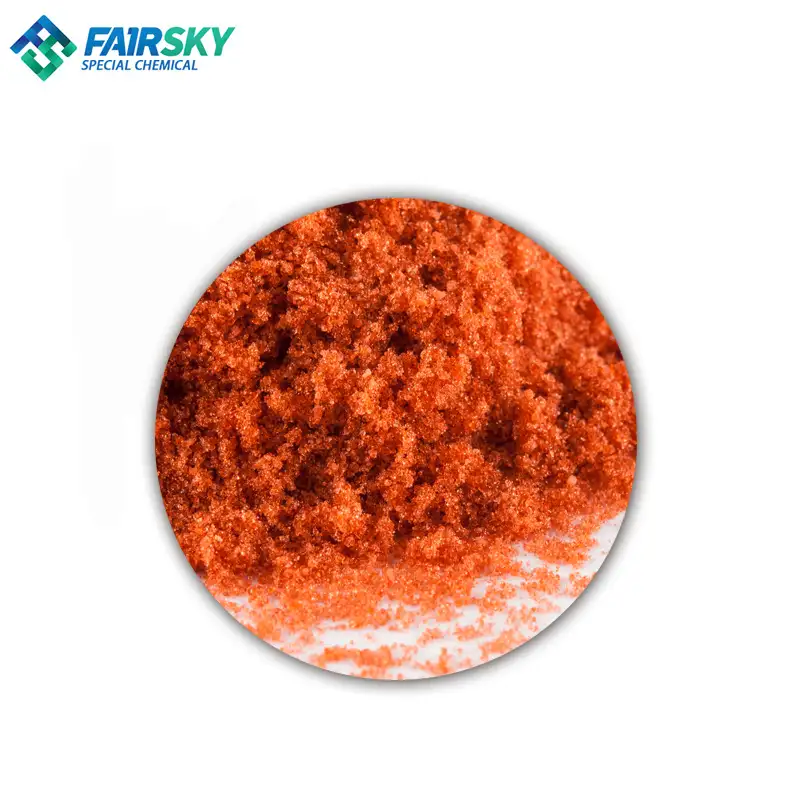Nickel oxide reduces metallic nickel
General method of NICKEL SMELTING:
1.Carbonylation process. Nickel sulfides react with carbon monoxide to form nickel tetracarbonylnickel, which is heated and then decomposed to produce nickel, a highly pure metal. Hydrogen 2.Hydrogen reduction. Nickel metal can be obtained by reducing nickel oxide with hydrogen.
3.Electrolytic method. The enriched sulphide ore is roasted into oxide, reduced to crude nickel by carbon, and then electrolyzed to pure nickel.
The smelting and extraction methods of nickel oxide ore can be divided into fire method and wet method. The former can be divided into ferronickel method and sulphur smelting method, and the latter into reduction roasting method and pressure acid leaching method.
1.Pyrometallurgical Process
Pyrometallurgical process is usually used to treat magnesium-silicon nickel ore. There are two kinds of fire method: one is to use blast furnace or electric furnace reduction smelting to get ferronickel, also known as ferronickel method; the other is to add sulfurizing agent to produce nickel sulfur, also known as nickel matte method.
Ferronickel smelting is an electric furnace, which can reach a higher temperature and the atmosphere in the furnace is easier to control. However, in order to ensure the economy of ore treatment, ore usually requires to reach a certain grade, so in the beginning of smelting, first of all, the ore must be screened to exclude the low weathering degree, low grade ore. The furnace charge should be dehydrated in the rotary kiln in advance and prebaked at 700 ~ 800 °C. The calcine is mixed with volatile coal with particle size of 10 ~ 30mm in an electric furnace for reduction smelting to produce crude nickel-iron alloy. Almost all nickel and cobalt oxides are reduced to metals in the process of reduction smelting in electric furnace, but not all iron. The reduction degree of iron can be adjusted by the addition of reducing agent. The crude nickel-iron alloy is refined to produce the finished nickel-iron Alloy. The nickel-iron alloy is mainly used to produce stainless steel. The main nickel-iron alloy plants produced by this method are France's Doniambo smelter in New Caledonia, Colombia's Salomatosa smelter and Sumitomo Corporation's bahu smelter. nickel-iron products contain 20-30% nickel, the recovery rate of the whole process is 90 ~ 95% , and the cobalt enters the alloy.
In addition, magnesite-nickel ores can be sulfided and melted to obtain nickel matte by adding sulfiding agent. Gypsum is the most commonly used sulfiding agent. Matte smelting is usually carried out in a blast furnace or in an electric furnace. The composition of Nickel Matte can be adjusted by the addition of reducing agent (coke powder) and curing agent (gypsum) . The obtained low nickel Matte (usually containing NI + co = 20 ~ 30%) is fed to the converter and converted into high nickel Matte.
The main factories producing nickel-high Matte are the Sulawesi soloarco smelter in Indonesia. Nickel-rich matte products generally contain 79% nickel and 19.5% sulfur. The recovery rate of nickel in the whole process is 70 ~ 85% .
The pyrometallurgical process is mainly applied to the treatment of silicomagnetite and nickel ore with Nickel Content & GT; 1% , iron content about 30% and low cobalt content. Its biggest characteristic is the processing craft is simple, the flow chart is short. The disadvantage is that cobalt also enters the nickel-iron alloy or nickel matte, losing the value that cobalt should have.
2. Hydrometallurgical Process
Laterite-nickel ores of Limonite type and magnesite-nickel ores with low MgO content are usually treated by hydrometallurgical process. There are two main wet processes, one is reduction-roasting-ammonia leaching process (RRAL) , the other is pressure acid leaching process (HPAL) . In recent years, the hydrometallurgical technology of laterite-nickel ore has developed greatly, especially the pressure leaching technology and various solvent extraction technology.
RRAL process, also known as Caron Process, is suitable for treating silicate laterite with high magnesium content (MGO & GT; 10%) and nickel content of about 1% .
The aim of reduction roasting is to reduce nickel silicate and nickel oxide to metal to the greatest extent, and to reduce Fe to Fe 3O 4 by controlling the reduction conditions. Nickel and cobalt in calcine are leached by ammonia solution, and iron in leached residue can be recovered by magnetic separation.
The NICARO smelter in Cuba was the first to use the reduction roasting-ammoniacal leaching process to recover nickel and cobalt from low grade laterite nickel ore. In order to prevent the wet materials from agglomerating in the roasting process, the wet materials were dried in a rotary kiln before roasting to remove 95% moisture, the reduction roasting time was 90 min, the reduction gas was supplied by a gas generator, and the reduction atmosphere of CO/CO2 or H2/h2o at the bottom of the furnace was controlled to be 1:1, roasting temperature 730 ~ 760 °C. After the calcine was cooled to about 150 °C in reducing atmosphere, it was quenched in ammonium carbonate solution (ACC solution) containing 6.5% NH 3,3.5% co 2 and 1% NI. The leaching process is carried out in a drum-air leaching tank, and nickel and cobalt are leached into the solution to form nickel and cobalt ammonia complex ions. The final product Nio was obtained by calcining nickel carbonate and ammonia vaporizing directly after iron removal. Here, nickel oxide products contain a lot of cobalt, this nickel oxide products do not meet all kinds of nickel alloy production requirements, the recovery rate of cobalt is very low, only about 40% .
The Caron Process has been improved at the Townsville nickel smelter in Queensland, Australia, and the Marinduque Smelter in the Philippines, respectively, due to deficiencies in cobalt utilization in the Nicaro smelter.
In the Townsville Nickel Smelter, the layer-type Herreschoff reduction roaster is used for the reduction roasting equipment. The reducing gas in the combustion chamber heats the material going down layer by layer to a roasting temperature of 760 °C. Ni/CoS products (about 39% NI and 13% Co) were obtained by precipitation of cobalt with H2S after quenching and leaching in ACC system solution. After precipitation of cobalt, nickel powder containing 90% NI was obtained by evaporation of ammonia and calcination of liquid ammonia, and finally nickel powder containing 980% Ni was obtained by reduction roasting with H2 in belt reduction furnace, pressing into Ni block under inert atmosphere. The content of cobalt in nickel products obtained by chemical precipitation method is low, which is suitable for the production of nickel alloy and the cobalt is effectively enriched.
(1) the reducing agent for reduction roasting is different from that for cobalt precipitation: The reducing agent used in Marinduque smelter is a gas containing 275% H and 225% N, and the reduction temperature is lower than 650 °C. In the separation process of nickel and cobalt powder from leaching solution, (NH4)2s is used as cobalt precipitator, and it is considered as the best chemical cobalt precipitator.
(2) the nickel powder was reduced by H2 at 165 °C and 3.5 MPA after partial ammonia distillation in Marinduque smelter, which was redissolved with AAC solution.









